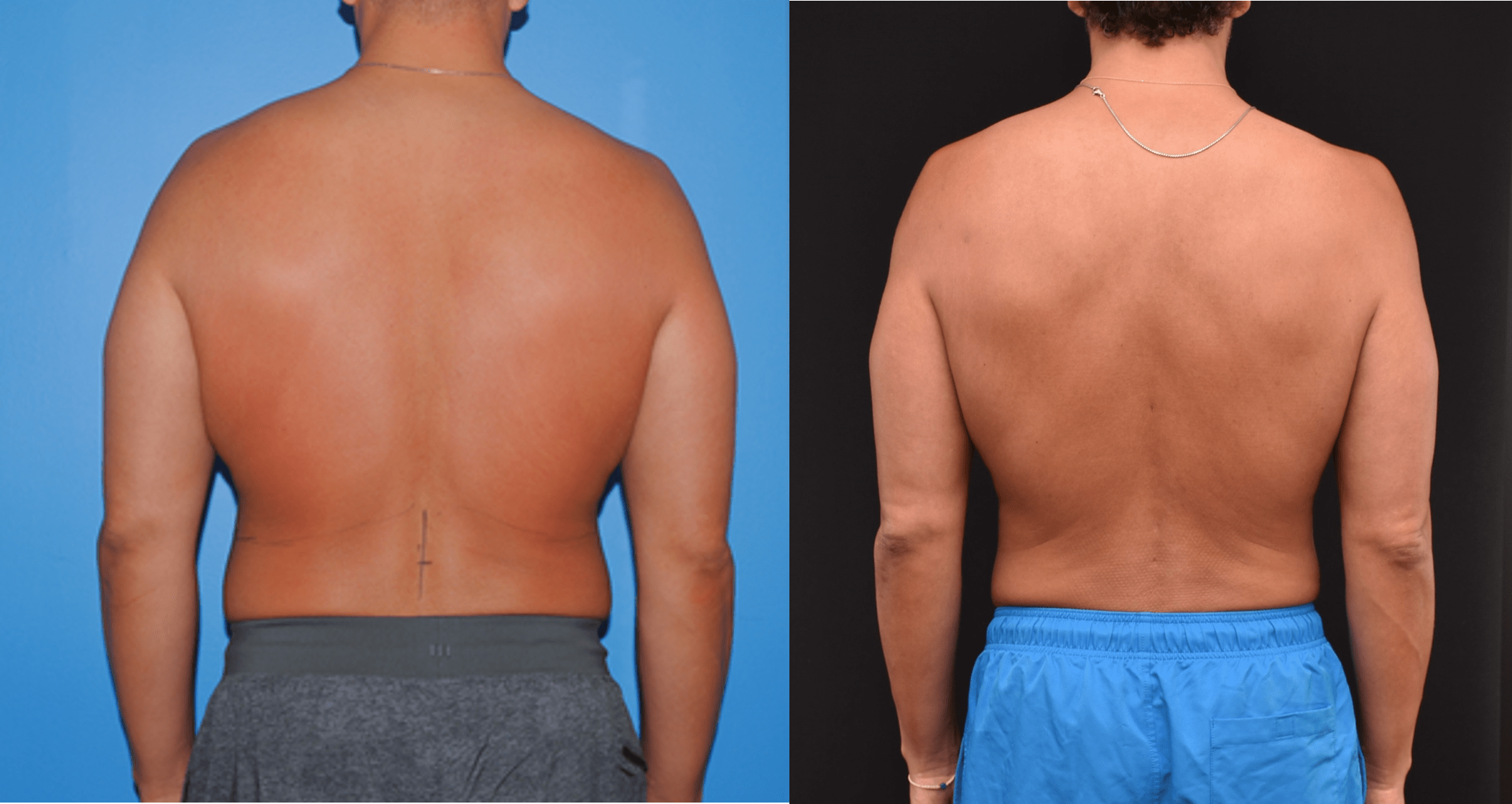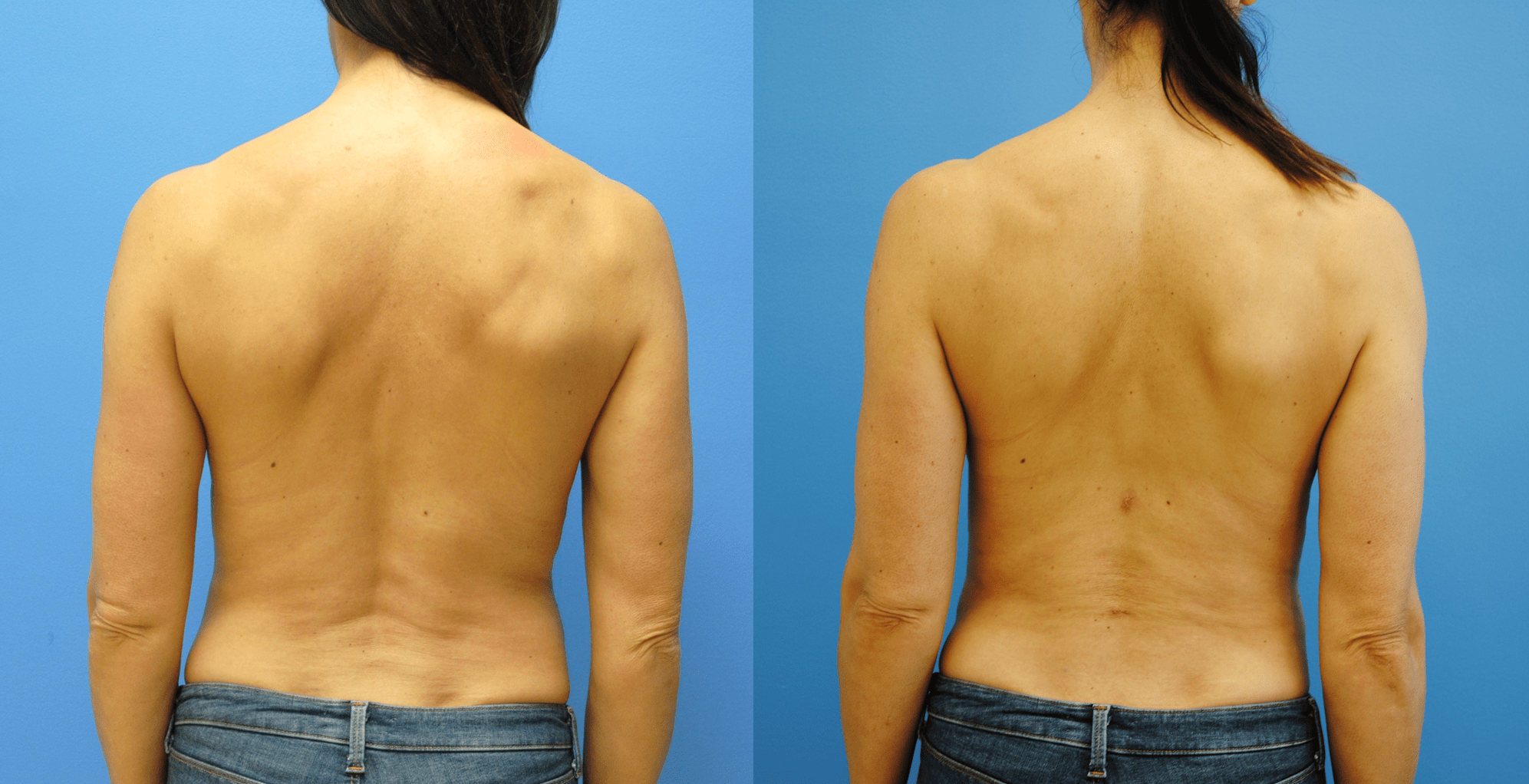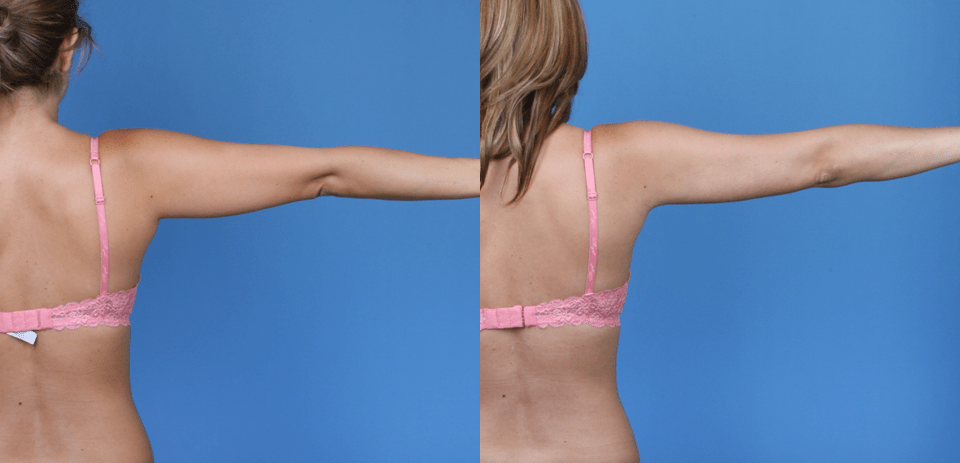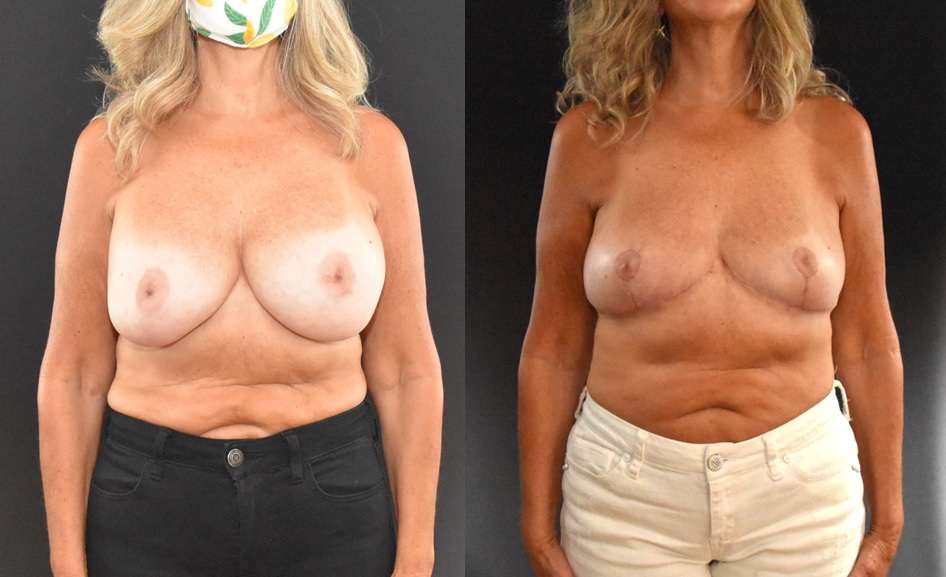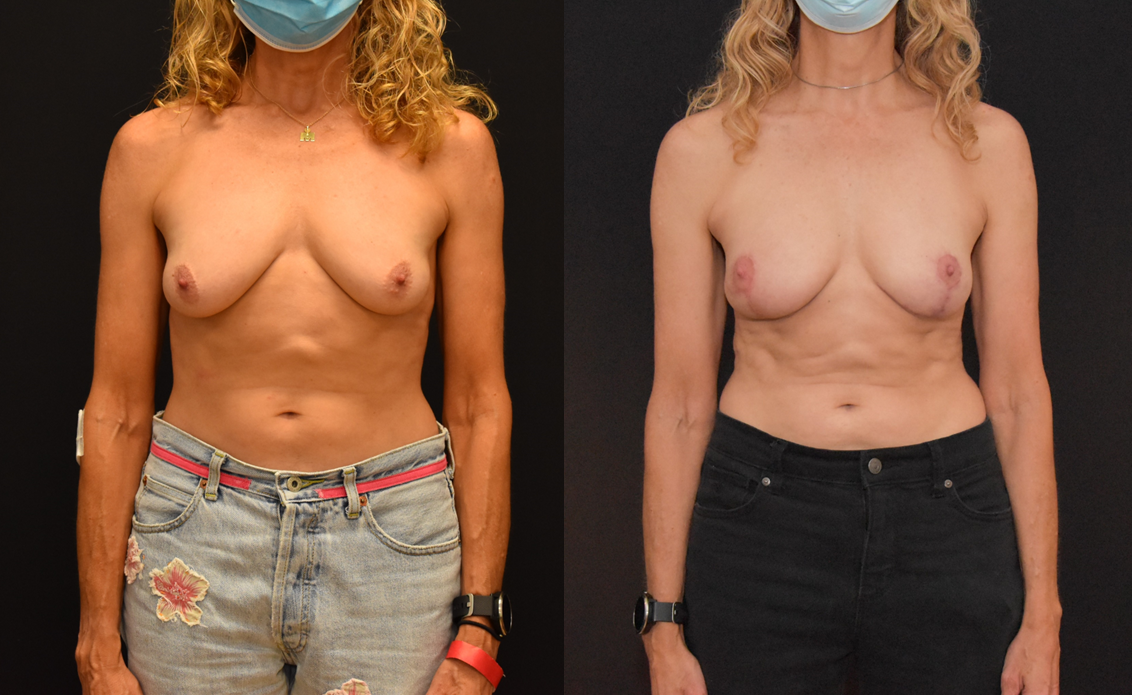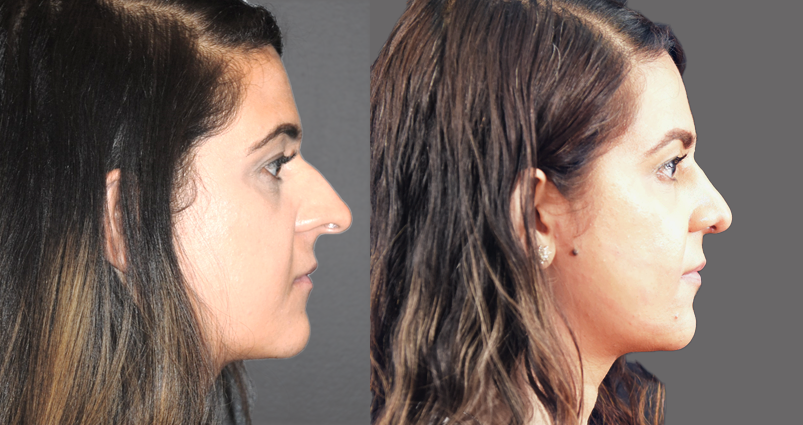Aesthetic surgery procedures of the face are my favorite procedures to perform. Rhinoplasty is the most enjoyable procedure for me. Rhinoplasty involves changing the shape or appearance of the nose. Rhinoplasty typically involves removing or reshaping some component of the cartilage or bone of the nose. One of the more common reasons for patients to come to the office requesting…


